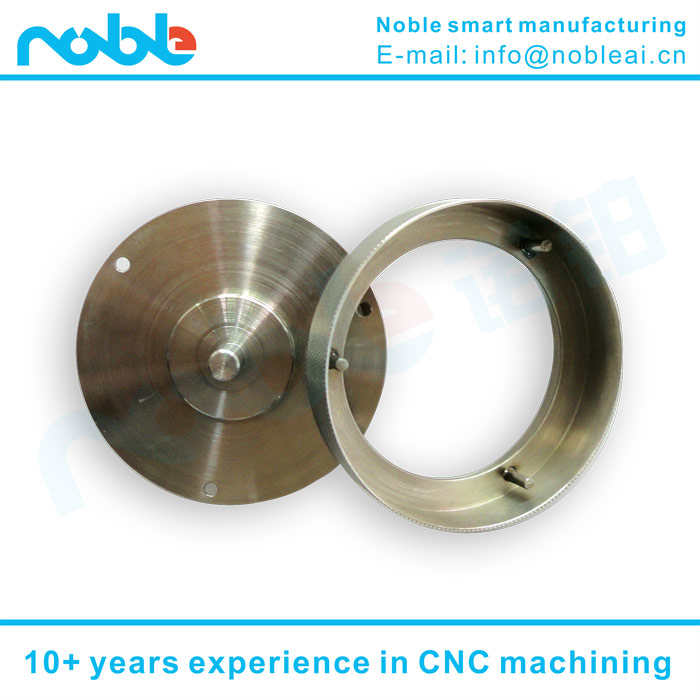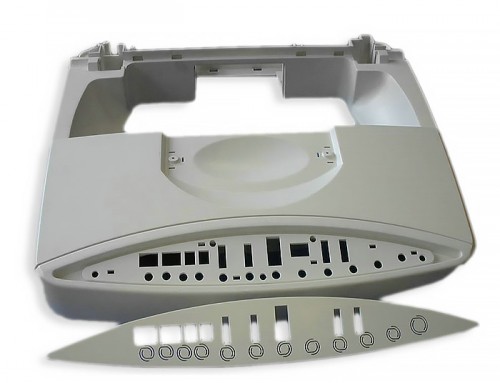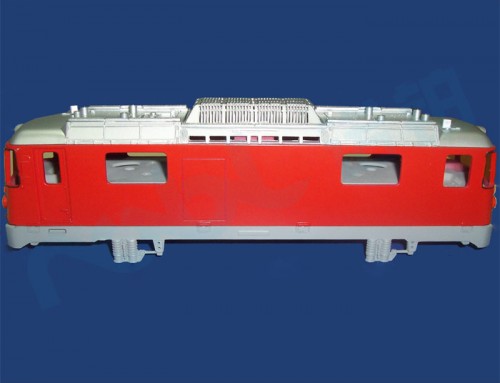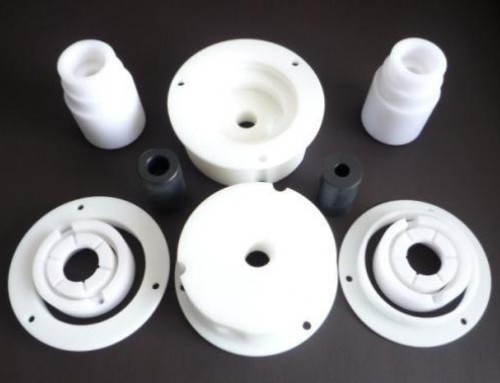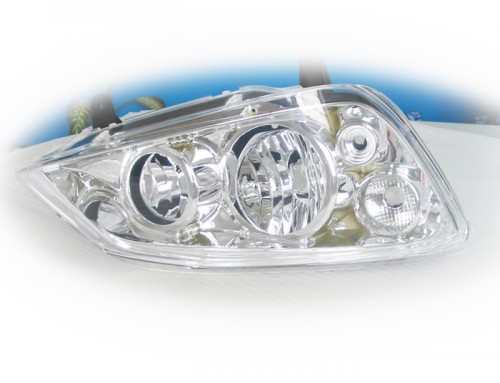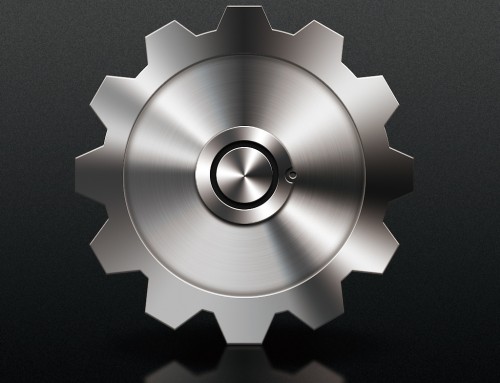There are many methods, including the removal of material processing and processing without removing material.The removal of materials includes machining, milling, planing, drilling, grinding, stamping, laser, electrolysis, and water processing. Materials that are not removed include forging, casting, casting, etc. What are the basic processing methods in metal parts machining?
Regardless of whether the machine tools are large or small, simple or complex, they can be divided into five categories. These five categories are the five basic methods for metal forming. Machining includes drilling, turning and boring, milling, grinding and burrowing. Plane five methods, the characteristics of these processing methods are as follows:
Drilling
Drilling is the drilling of holes in solid metal. Use a rotary drill called a twist drill. The machine used for drilling is called a drilling machine. Drilling machines also come in a variety of models and sizes. In addition to drilling, drilling machines can also perform other processing. When drilling, the workpiece is clamped and fixed; the drill rotates on one side and drills into the workpiece on one side.
Turning and Boring
Ordinary machine tools are the most common machine tools for turning workpieces. Turning is the removal of metal from the workpiece. As the workpiece rotates, the tool cuts into or turns along the workpiece. Boring is the processing of expanding or casting holes in metal workpieces that have been drilled or cast. Boring on a lathe is accomplished by turning the single-edged tool one-sided and facing the workpiece.
Milling
Milling is the use of a rotary tool to cut metal. This type of tool has multiple cutting edges called mills.
Grinding
Grinding is the machining of metal using a grinding wheel called a grinding wheel. Grinding The workpiece is finished, and the finished workpiece has a precise size and a smooth surface. When grinding round workpieces, the workpiece rotates on one side and feeds on a rotating grinding wheel. When grinding a flat workpiece, the workpiece moves back and forth under a rotating grinding wheel. Grinding processes are often used for final finishing of heat-treated hard workpieces to achieve precise dimensions.
Head planing
Planing, gantry planing and slotting all use single-edged tooling to produce a precise plane. We should understand the difference between planer, planer and slotting machine. When machining with a planer, the workpiece feeds the tool and the tool moves back and forth on the workpiece. When machining with a gantry, the tool cuts into the workpiece or feeds it to the workpiece. The workpiece moves back and forth under the tool.
